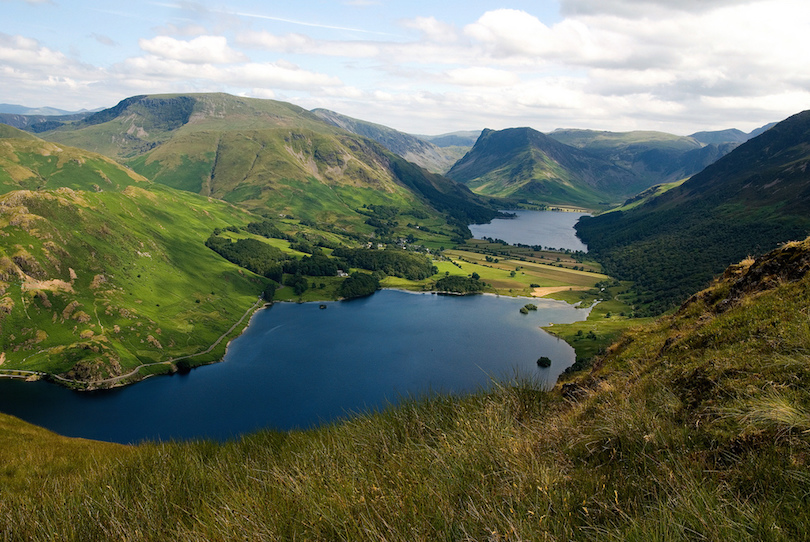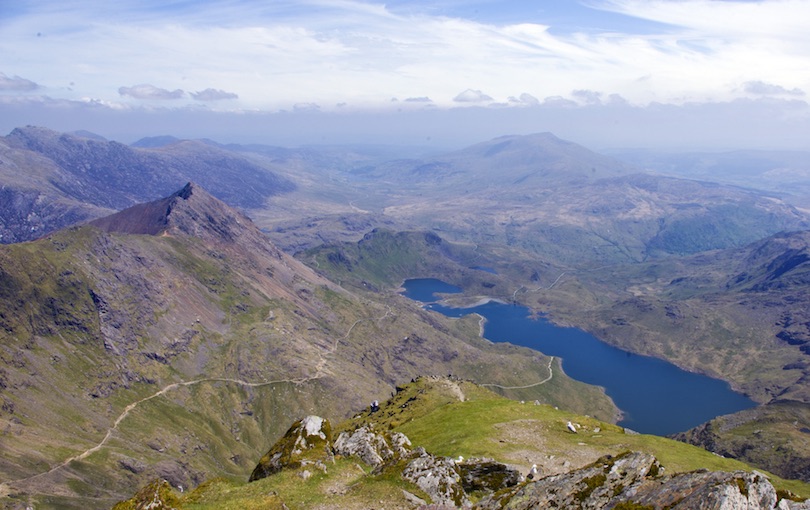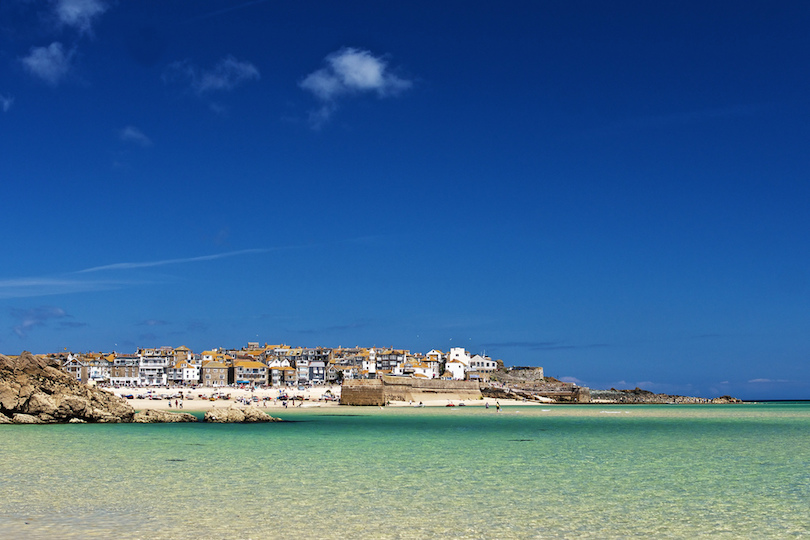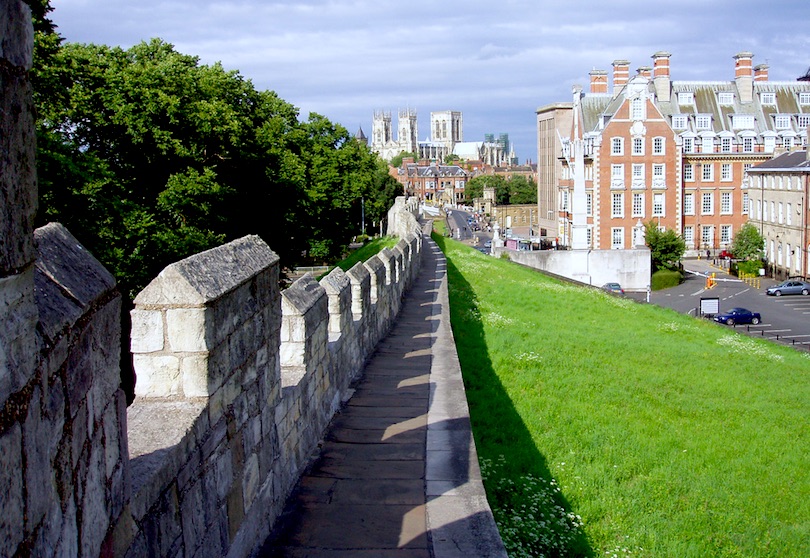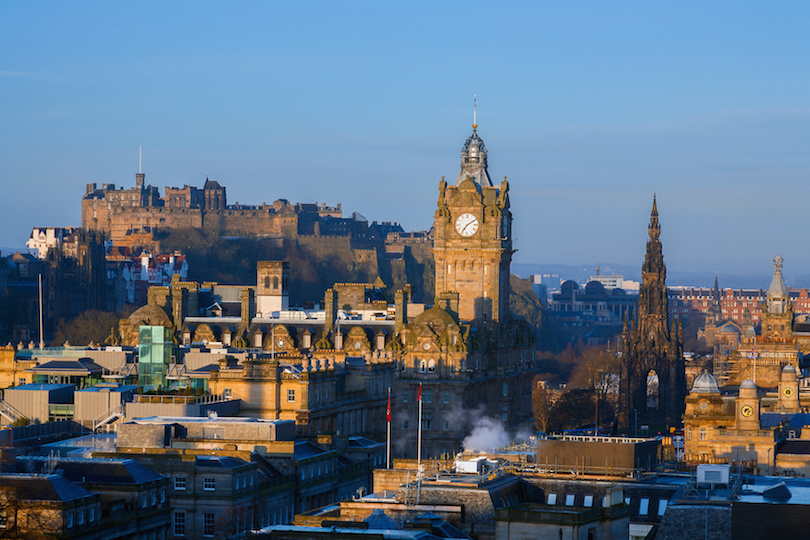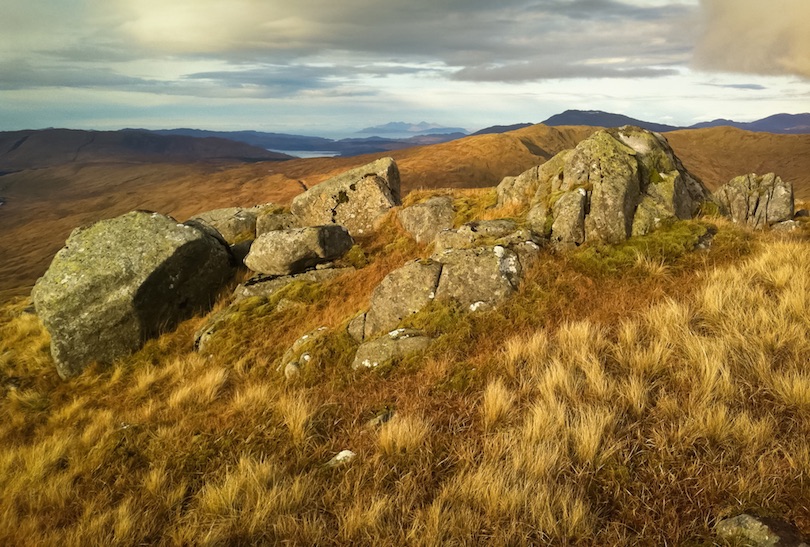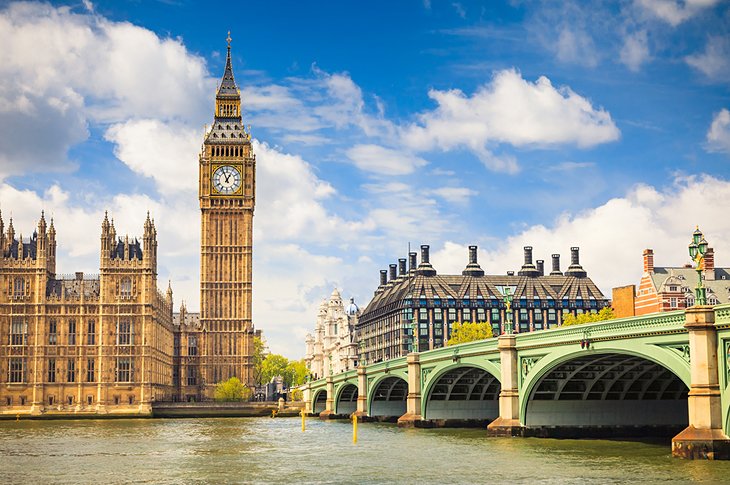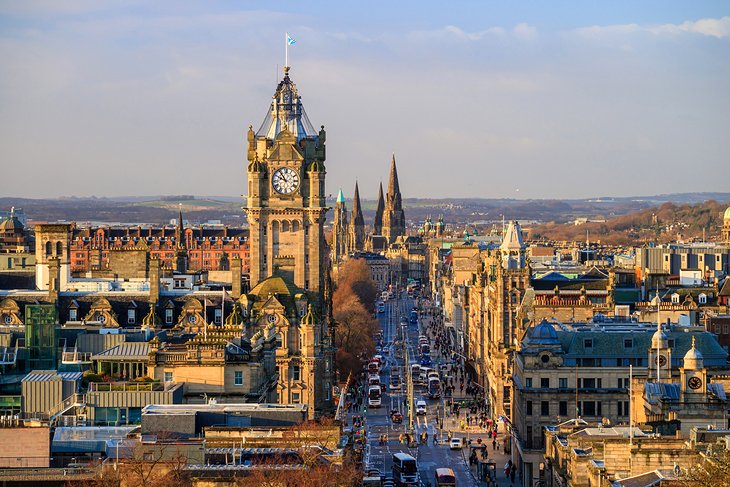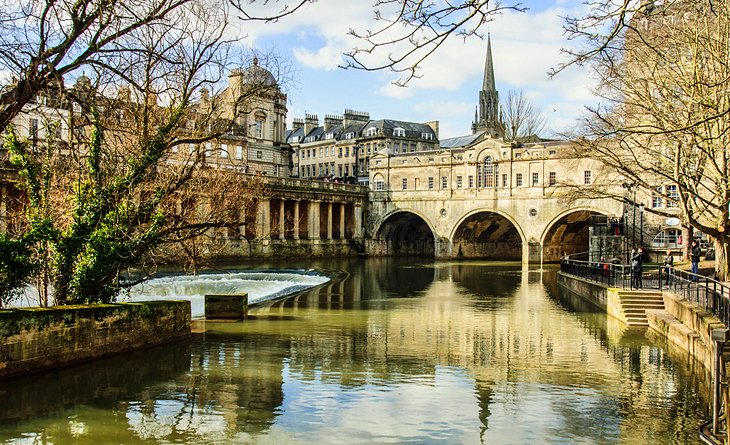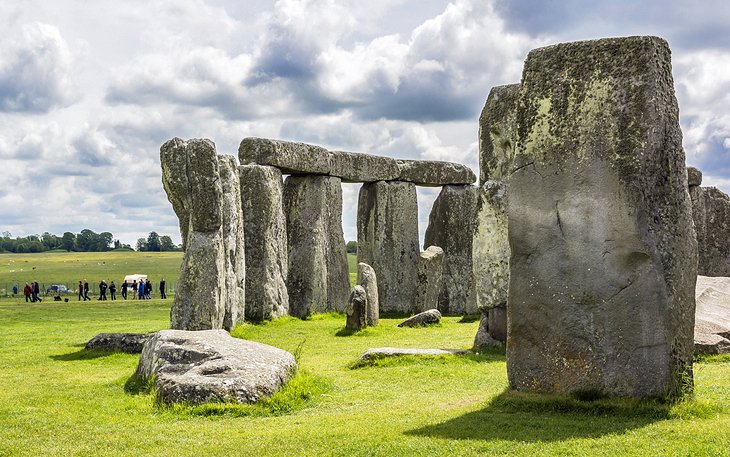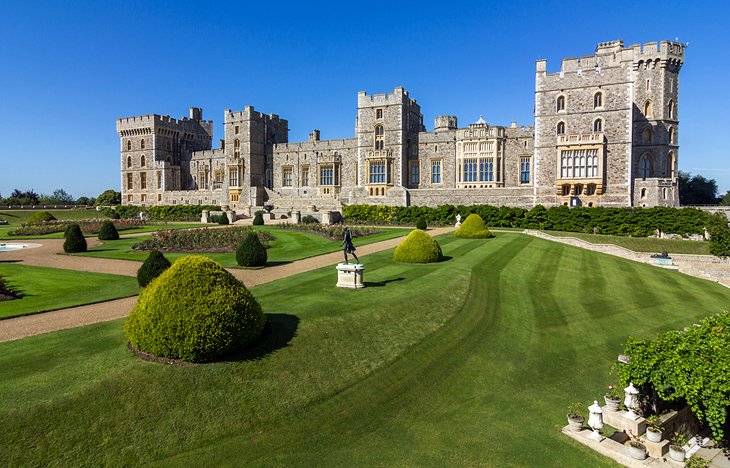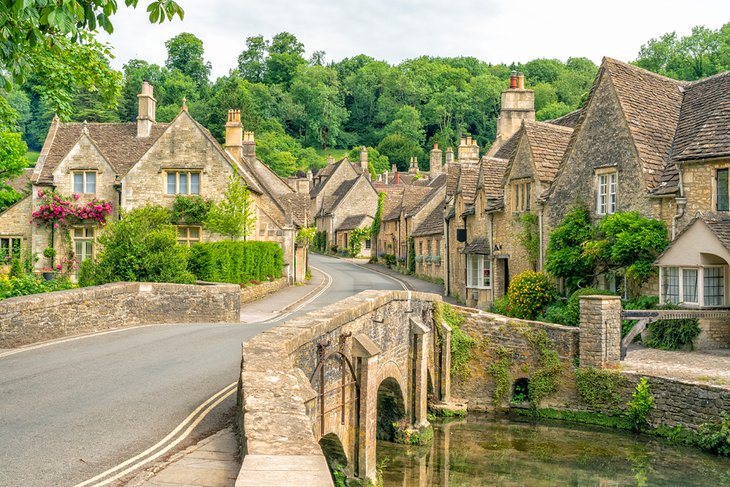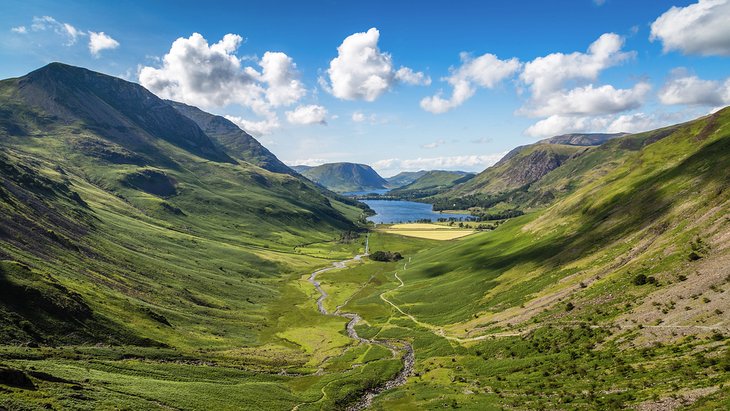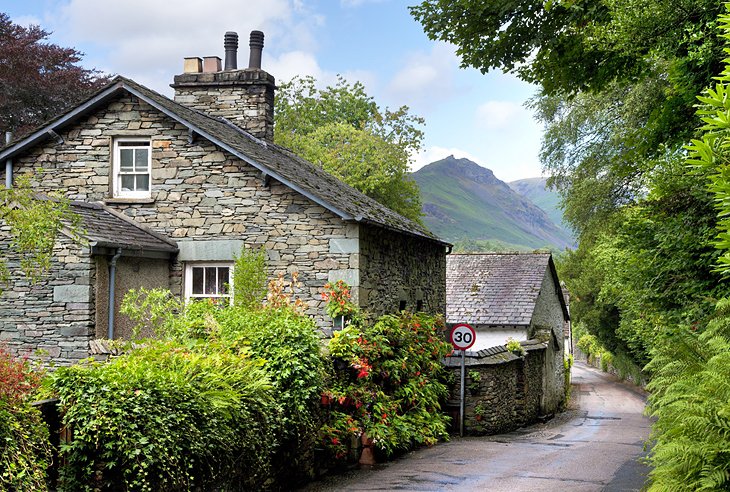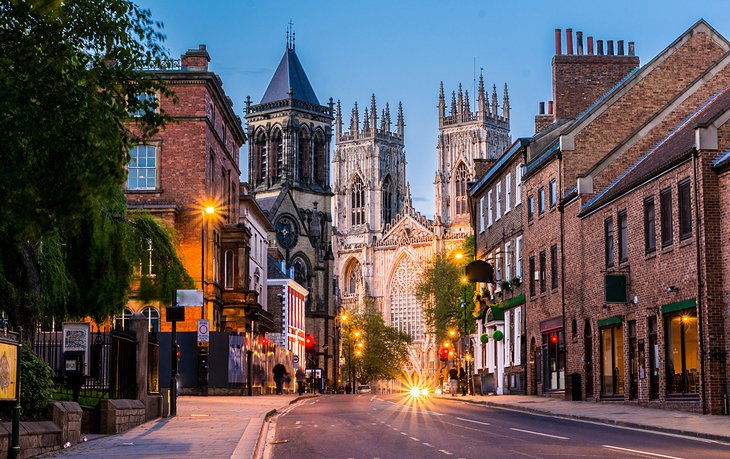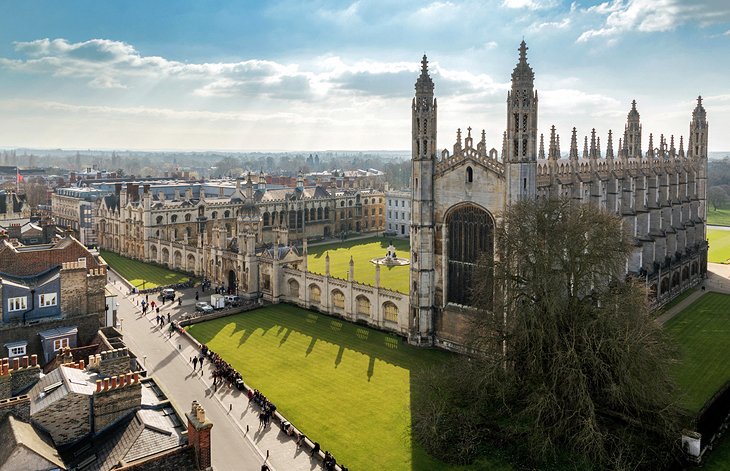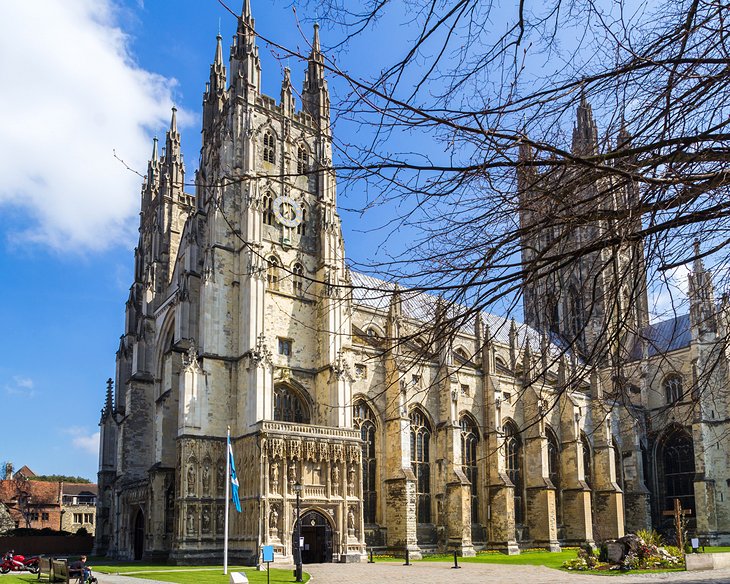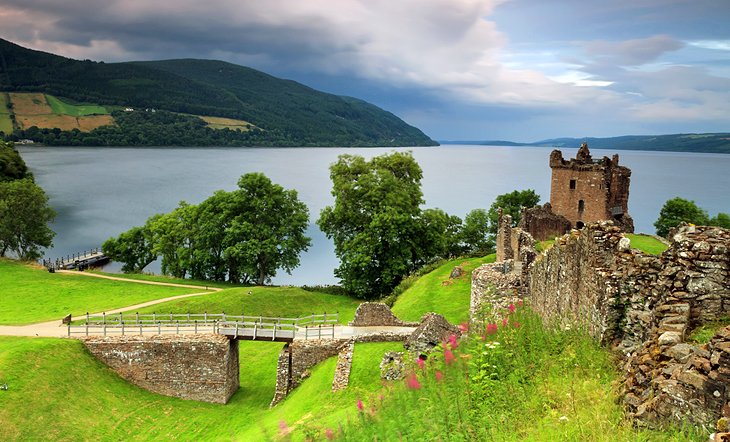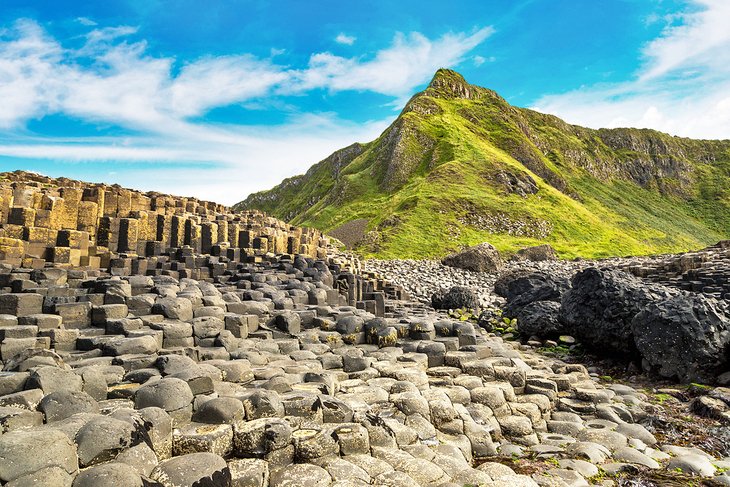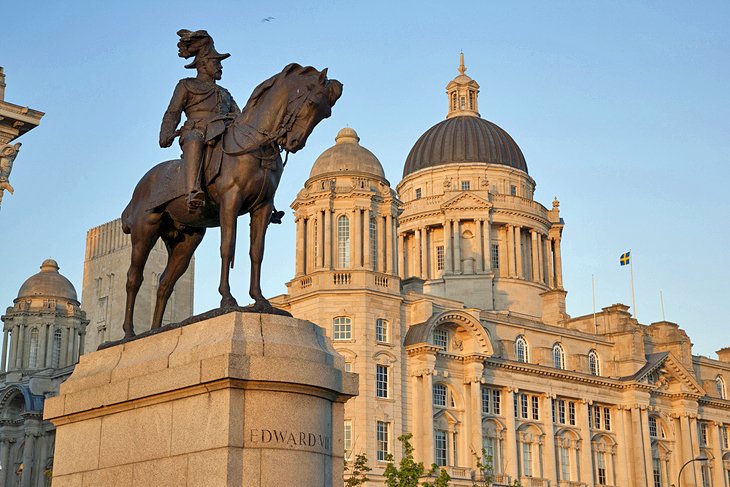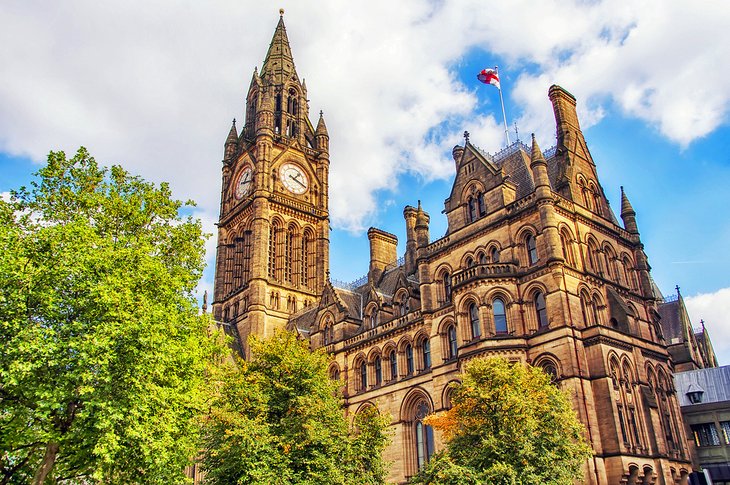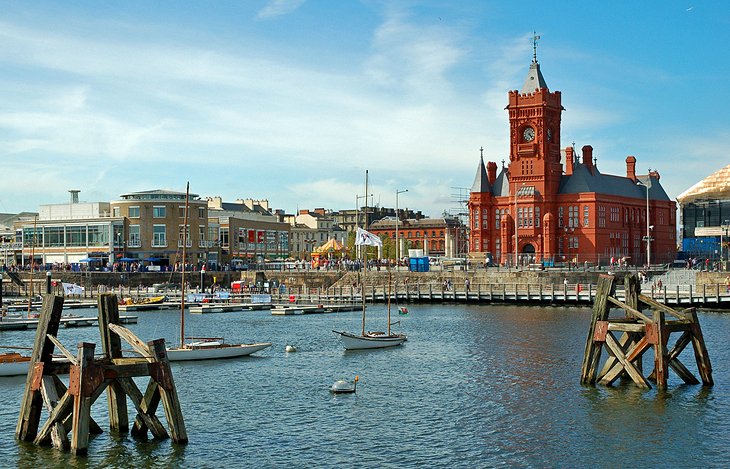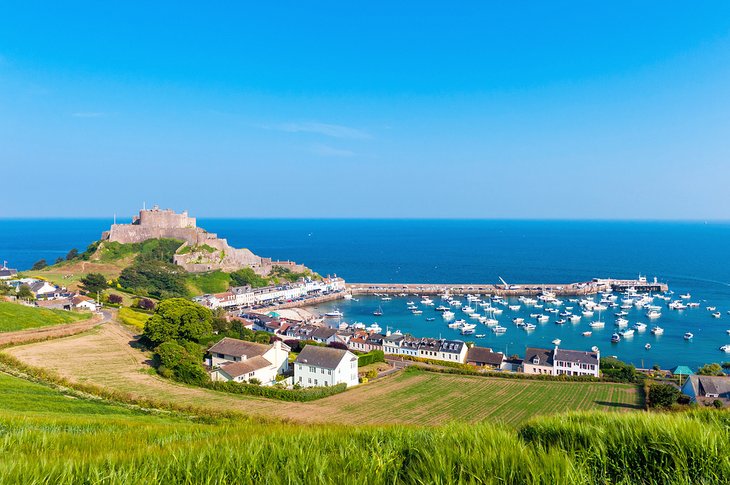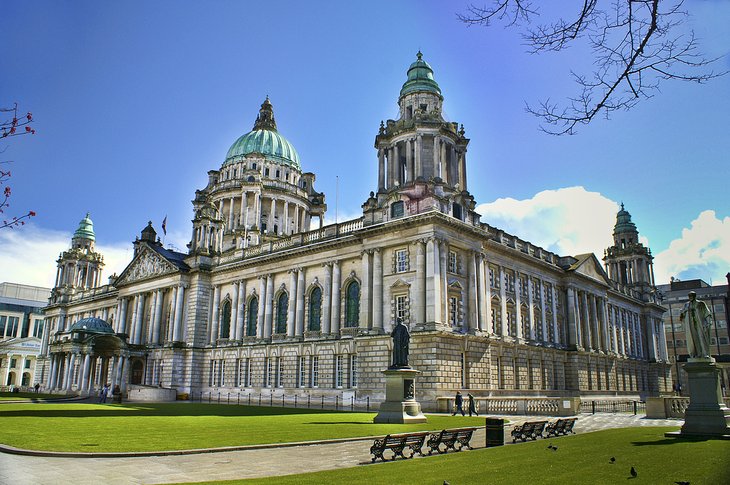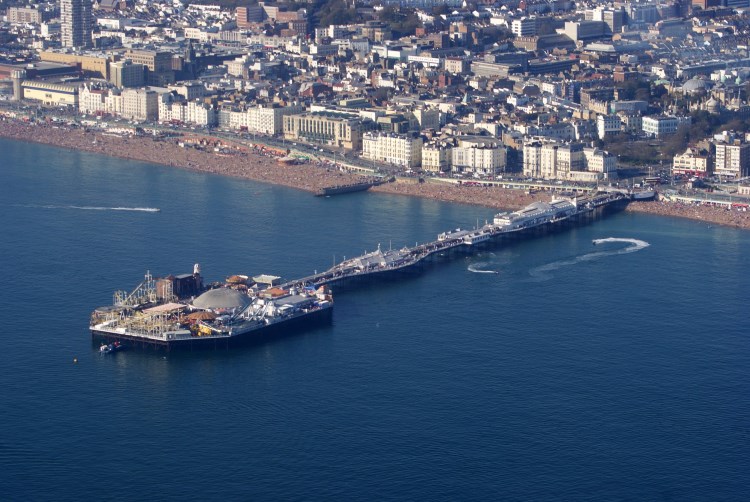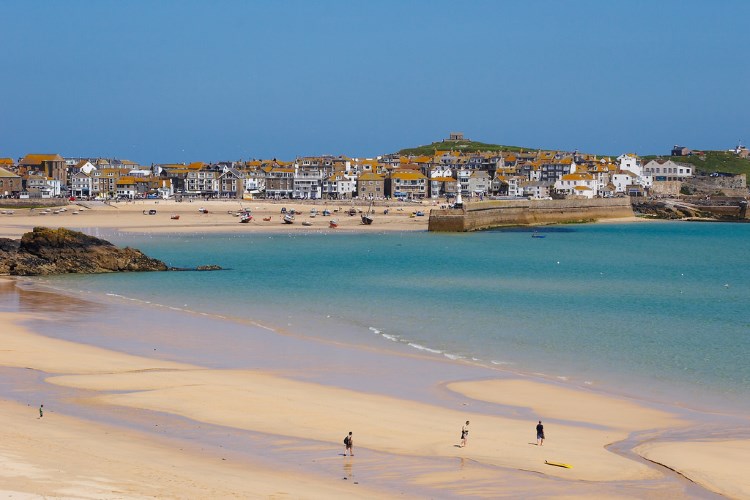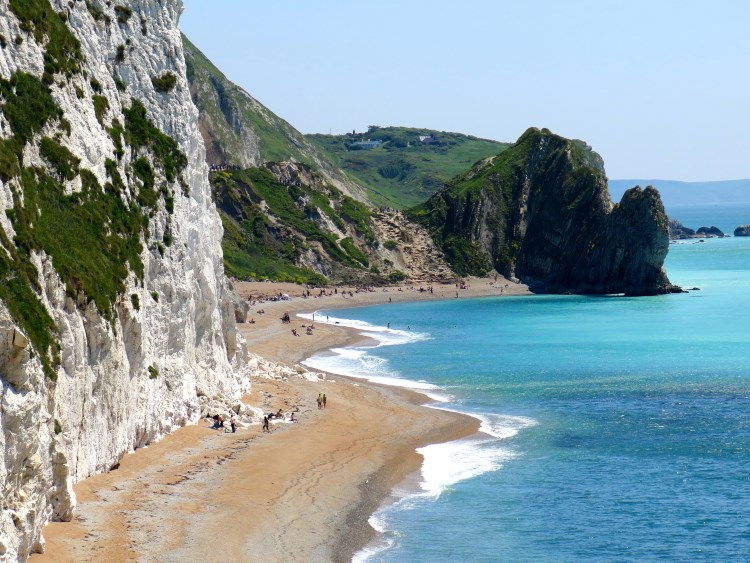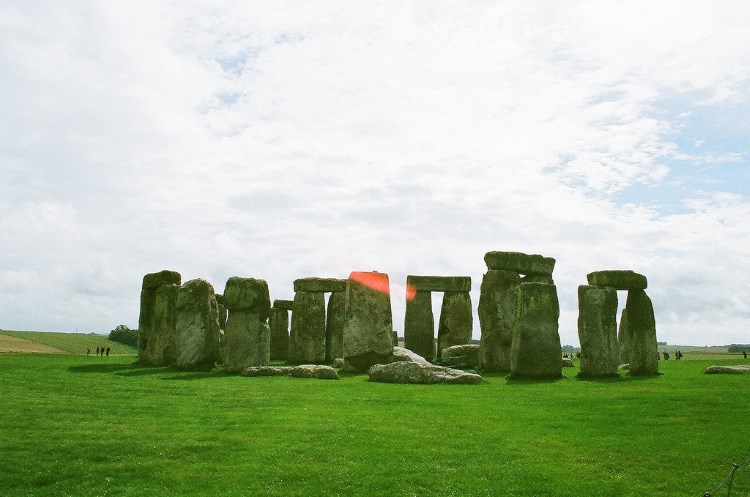1. Stonehenge
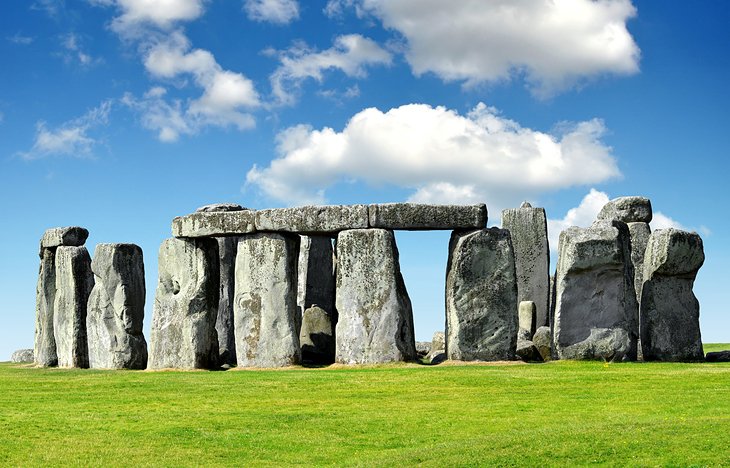
Stonehenge, 10 miles north of the historic city of Salisbury on Salisbury Plain, is Europe's best-known prehistoric monument. It's so popular that visitors need to purchase a timed ticket in advance to guarantee entry.
Exhibitions at the excellent Stonehenge visitor center set the stage for a visit, explaining through audio-visual experiences and more than 250 ancient objects how the megaliths were erected between 3000 and 1500 BC, and sharing information about life during this time.
After walking around the various viewing points adjacent to these enormous stones, visit the authentic replicas of Neolithic Houses to see the tools and implements of everyday Neolithic life as volunteers demonstrate skills from 4,500 years ago. Although you can't go inside the circle to wander among the stones during normal opening hours, you can reserve special early morning or late evening access into the circle through English Heritage, which manages the site.
Official site: www.english-heritage.org.uk/visit/places/stonehenge/
Accommodation: Where to Stay near Stonehenge
2. Tower of London
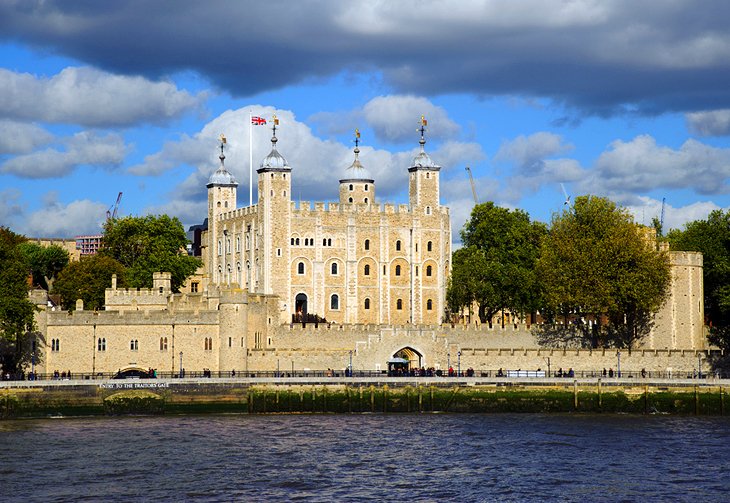
Prison, palace, treasure vault, observatory, and menagerie: the Tower of London has done it all and it's one of the top attractions in London. Widely considered the most important building in England, there's enough to see and do at this World Heritage Site to keep visitors busy for hours.
The centerpiece of this Thames-side fortress is the White Tower. Built in 1078 by William the Conqueror, it's home to amazing exhibits, such as Line of Kings, the world's oldest visitor attraction, established in 1652 with a remarkable display of royal armor.
Other highlights include the impressive Crown Jewels exhibition, classic Yeoman Warder Tours, the Royal Mint, and exhibits and displays regarding prisoners and executions. All told, the Tower of London covers some 18 acres, so there's a great deal of exploring to do.
If you're traveling with children, be sure to check for special events for kids, including "Knights School" and other immersive programs that provide a fun insight into the castle's history.
Accommodation: Where to Stay in London: Best Areas & Hotels
3. The Roman Baths and Georgian City of Bath
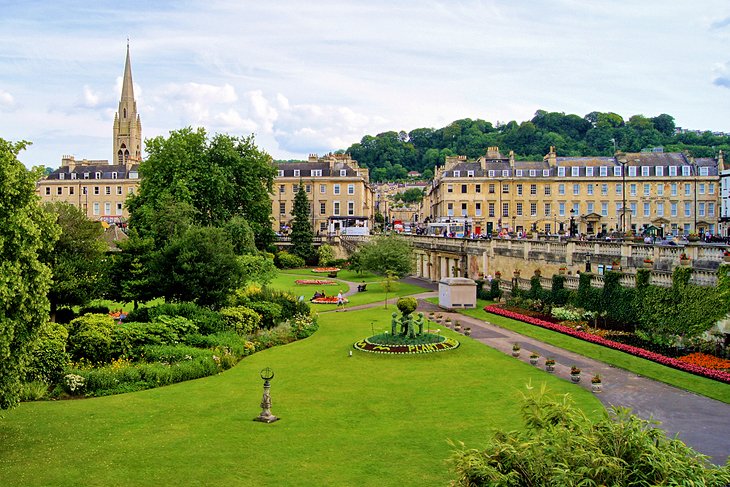
If you only have time to visit one smaller city in England, you couldn't do much better than Bath. This remarkably beautiful city in Somerset boasts more fantastic tourist attractions than you could hope to visit in a day.
While most famous for the magnificent 2,000-year-old Roman Baths built around the city's rejuvenating hot springs, it's equally well known for its honey-colored Georgian Townhouses, such as those located on Royal Crescent.
Some 500 of the city's buildings are considered of historical or architectural importance, a fact that has resulted in the entire city being granted World Heritage status. Bath makes an ideal location from which to explore some of England's most stunning countryside, including the Avon Valley, the Mendip Hills, and countless other fantastic Somerset landmarks.
Accommodation: Where to Stay in Bath: Best Areas & Hotels
4. The British Museum

With collections of antiquities that are among the world's finest, the British Museum holds more than 13 million artifacts from Assyria, Babylonia, Egypt, Greece, the Roman Empire, China, and Europe. The most famous ancient artifacts are the Elgin Marbles from the Parthenon in Athens, as well as the famous Rosetta Stone.
But there are many other outstanding pieces on show here that help make this one of the best places to visit in London. The Ancient Egyptian collection is the largest outside of Cairo, and the hoard of Roman silver dating from the fourth century known as the Mildenhall Treasure, unearthed in Suffolk in 1942, is nothing short of spectacular.
If you've got time, be sure to look into joining a guided tour (private after-hour tours are fun), or participate in a workshop or lecture. Dining and shopping is also available on-site.
Address: Great Russell Street, London
Official site: www.britishmuseum.org
5. York Minster and Historic Yorkshire
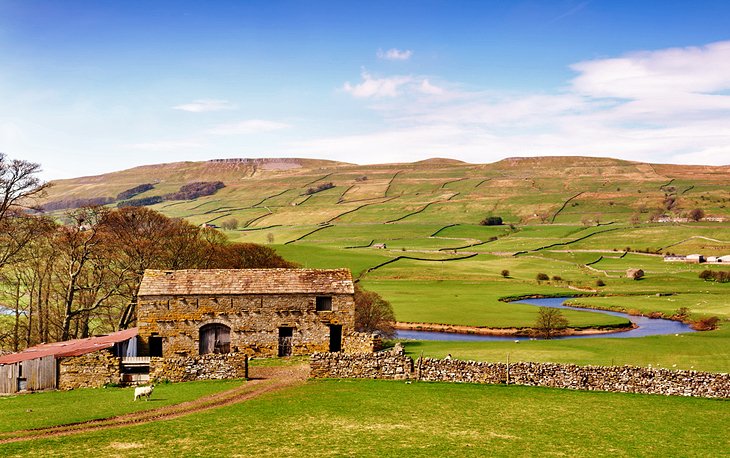
The magnificent York Minster is second in importance in the Church of England only to the cathedral at Canterbury. It stands in the center of historic York, surrounded by half-timbered homes and shops, medieval guildhalls, and churches.
In turn, York's romantic streets are surrounded by three miles of magnificent town walls that you can walk atop for spectacular views over the city and its surroundings. While here, visit the National Railway Museum, one of England's most visited tourist attractions.
York is also a good base from which to explore northeast England, in particular the rugged beauty of the Yorkshire Dales and the North York Moors. Elsewhere in this corner of the country, you'll find some of England's most beautiful historic towns and cities, including Durham - famous for its castle and cathedral - and Beverley, which also boasts an attractive minster.
Accommodation: Where to Stay in York
6. Windsor Castle
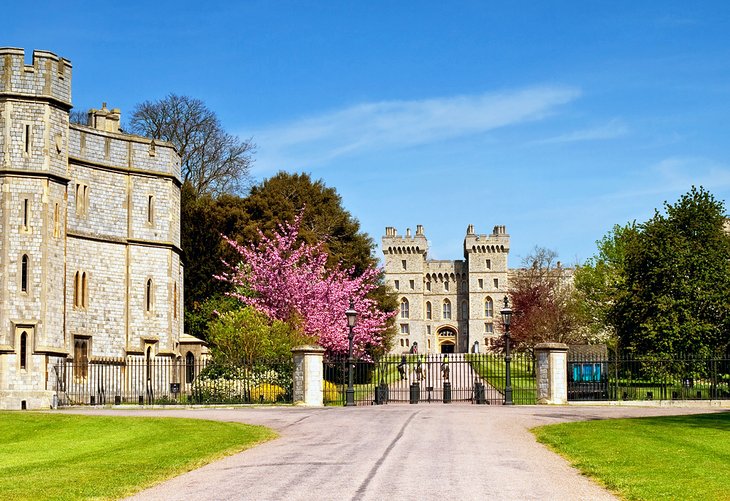
England is a country that's deeply rooted in tradition, history, pageantry, and pomp. Little surprise, then, that some of the biggest draws for tourists here revolve around the Royal Family, who have played an important role in shaping the country – along with many other parts of the world – for centuries.
If you've only got time to squeeze in one royal attraction, make it Windsor Castle. An easy 40-minute train ride from Central London, Windsor Castle is famous as one of the Royal Family's official residences, and throws its doors open to visitors regularly when the Queen is away. And it's rich in history, able to trace its roots all the way back to the 11th century, when a triumphant William the Conqueror had a fortress erected on this very spot.
Highlights of a visit to Windsor Castle include the castle's chapel, the State Apartments, as well as the magnificent Queen's Gallery.
And bring your walking shoes. The grounds are huge, stretching for some six miles around the castle and providing some of the best selfie opportunities anywhere with this historic building as a backdrop.
Address: Windsor Castle, Windsor, Berkshire
7. Chester Zoo

Located in Upton, just over a mile north of Chester city center, Chester Zoo is England's most visited attraction outside of London and is one of the best places to visit in England for families.
The more than 11,000 animals living in this 125-acre site represent about 400 different species. But the zoo's appeal reaches beyond just animal lovers, with prizewinning landscaped gardens also available for visitors to enjoy.
You can tour these extensive grounds on the zoo's monorail system to reach highlights that include Chimpanzee Island, a penguin pool, and Europe's largest tropical house. There's plenty of other fun things to do at Chester Zoo, too, so expect to easily spend a day enjoying this top-rated tourist attraction.
While in Chester, take time to walk its old city walls, the best preserved of their kind in Britain. You should also spend time exploring Chester's other distinctive feature: its galleried walkways. Known as the "Chester' Rows," these impressive medieval architectural gems run the full length of stone and half-timbered buildings dating from the 14th century, and make for a unique and picturesque setting. Chester Cathedral is also worth exploring if you can squeeze it into your travel itinerary.
Address: Cedar House, Caughall Road, Chester
Official site: www.chesterzoo.org
- Read More: Top-Rated Tourist Attractions in Chester
8. Lake District National Park
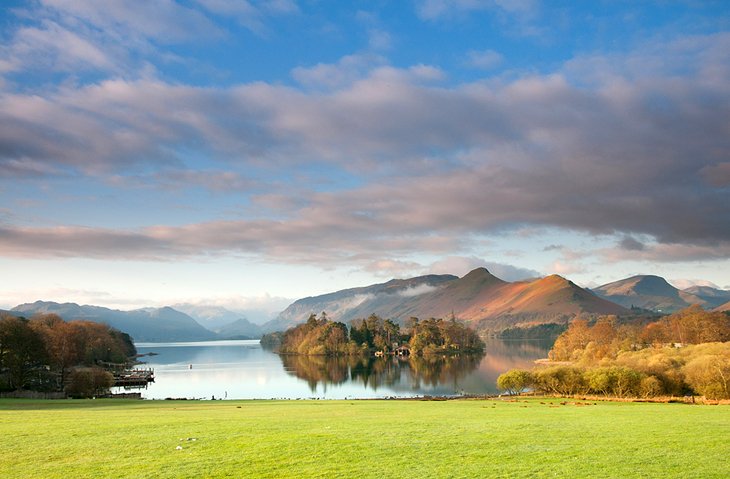
Covering some 900 square miles, Lake District National Park is a must-visit destination for travelers to England. With 12 of the country's largest lakes and more than 2,000 miles of rights of way waiting to be explored, there's little wonder the region continues to inspire, with its magnificent views and scenery straight out of a painting.
Other things to do include visiting the park's many fells, including Scafell Pike (3,210 feet), the highest mountain in England. Be sure to also spend time exploring some of the lovely little towns and villages dotted throughout the region, such as Grasmere. Better still, hop aboard a tour boat excursion across Lake Windermere and Ullswater, and you'll be rewarded with some of the best scenery anywhere in the country.
Address: Murley Moss, Oxenholme Road, Kendal
Accommodation: Where to Stay in the Lake District
9. Canterbury Cathedral
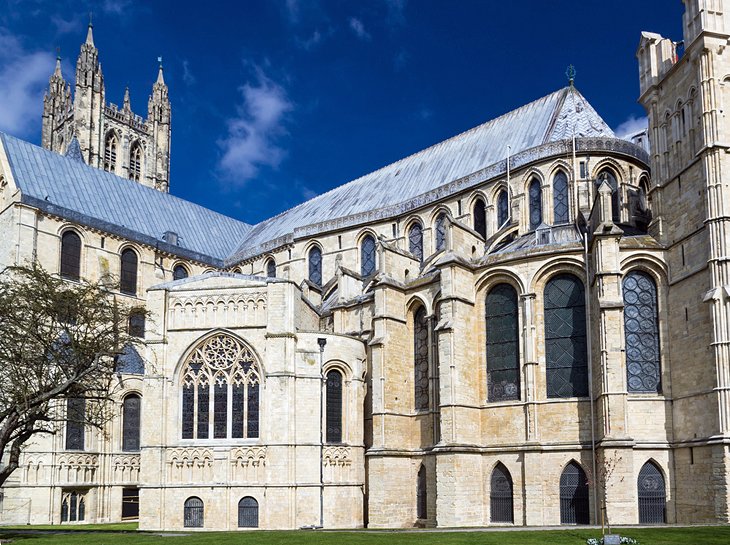
Located in the heart of the historic city that bears its name, Canterbury Cathedral (a UNESCO World Heritage Site) is home to the Archbishop of Canterbury and is the cradle of English Christianity. It all started when St. Augustine converted the pagan Anglo Saxons here in 597 when he became the first bishop. Excellent guided tours of the cathedral are available, and for a truly memorable experience, consider booking an overnight stay in the grounds at Canterbury Cathedral Lodge.
But there's much more to this beautiful medieval city than just its cathedral. Canterbury is also a popular cultural and entertainment destination with great shopping, galleries, and cafés, as well as attractions such as those focused on Chaucer's medieval England and the city's Roman past.
Some of the other best places to visit in Canterbury include the Old City, the ruins of St. Augustine's Abbey, and medieval Beaney House.
Address: 11 The Precincts, Canterbury
Accommodation: Where to Stay in Canterbury
10. Liverpool & The Beatles
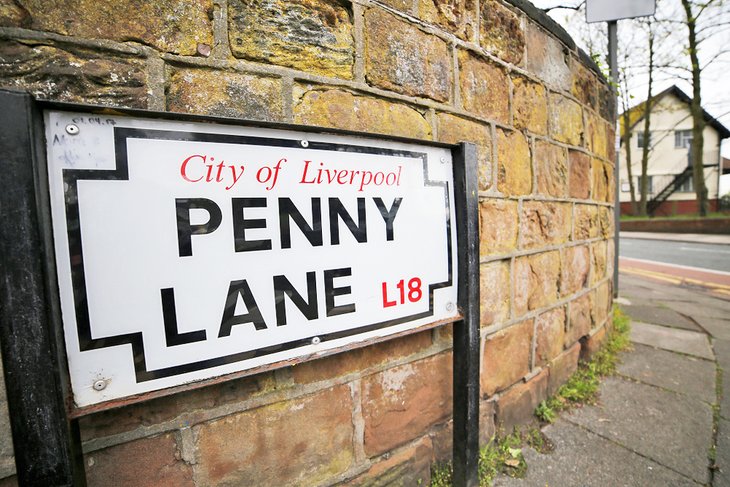
As English as an afternoon tea, references to The Beatles are everywhere in Liverpool. Located in the northeast of the country, Liverpool is just two hours away by rail, and offers music fans plenty of opportunities to soak up some city sites, along with Fab-Four-related attractions.
Topping your list should be The Beatles Story. Located in the revitalized Albert Dock area of the city, this fun museum features enough facts and exhibits to keep the biggest fans busy for hours.
Other related points of interest in Liverpool include visiting the famous Cavern Club, along with the real places about which they sang, including Strawberry Fields and Penny Lane.
Other must-dos include themed walks and guided tours, visiting the former homes of Paul McCartney and John Lennon, and getting in some souvenir shopping at The Beatles Shop, located just steps away from the Cavern Club.
11. Eden Project
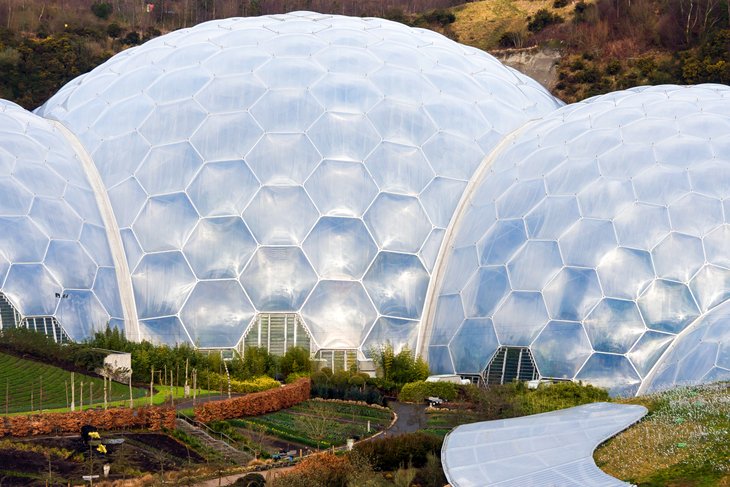
The incredible Eden Project is a collection of unique artificial biomes containing an amazing collection of plants from around the world. Located in a reclaimed quarry in Cornwall, this spectacular botanical gardens complex consists of huge domes that look rather like massive igloo-shaped greenhouses. Each of these impressive (and futuristic-looking) buildings houses thousands of different plant species in tropical and Mediterranean environments.
As well as these stunning displays of plant life, the Eden Project hosts numerous arts and music events year-round. If you're able to extend your visit, consider booking a stay at the on-site hostel, or enjoy a meal in one of its restaurants. Adventure activities such as ziplining and giant swings are also available.
Official site: www.edenproject.com
Accommodation: Where to Stay near the Eden Project
12. The Cotswolds
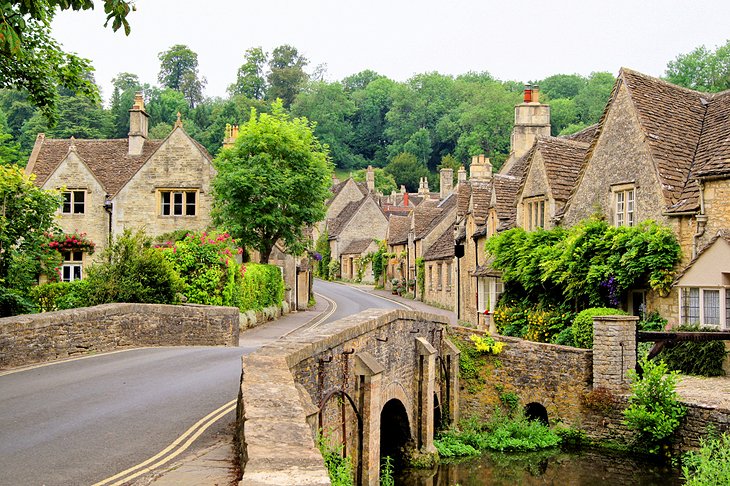
The Cotswolds cover some 787 square miles and encompass parts of some of England's prettiest counties: Gloucestershire, Oxfordshire, Wiltshire, Somerset, Worcestershire, and Warwickshire. And all of it begs to be explored.
Designated an Area of Outstanding Natural Beauty due to its rare limestone grassland habitats and old-growth beech woodlands, the beauty of the Cotswolds has much to do with its quaint villages and towns, such as Castle Combe, Chipping Norton, and Tetbury.
Like so much of England, the Cotswolds is perfect to discover on foot. One of the best routes is along the Cotswold Way, a 102-mile footpath with spectacular views of the Severn Valley and the Vale of Evesham. This route runs the length of the Cotswolds, and can be picked up pretty much anywhere you visit.
Address: Alexandra Warehouse, Llanthony Road, Gloucester
Accommodation: Where to Stay in The Cotswolds
13. The National Gallery
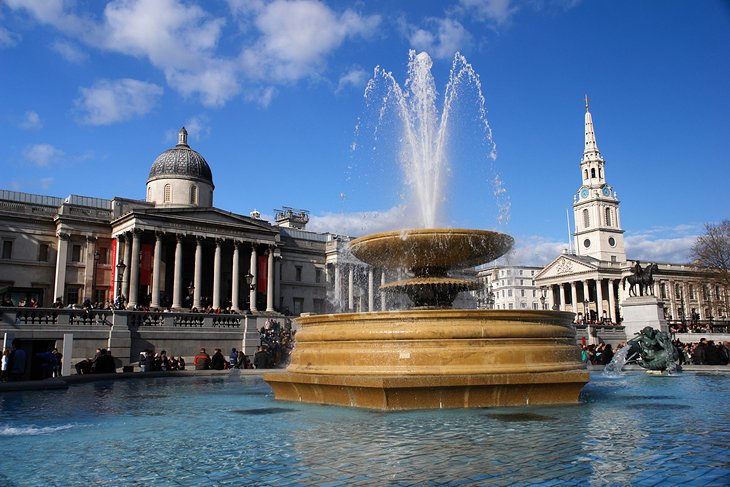
Displaying one of the most comprehensive collections of paintings in the world, the National Gallery is London's second-most visited museum. The collections, which present an almost complete cross-section of European painting from 1260 until 1920, are especially strong in the Dutch Masters and the Italian Schools of the 15th and 16th centuries.
In the Italian galleries, look for works by Fra Angelico, Giotto, Bellini, Botticelli, Correggio, Titian, Tintoretto, and Veronese, and especially for Leonardo da Vinci's Madonna and Child with St. Anne and John the Baptist, Raphael's The Crucifixion, and The Entombment by Michelangelo.
In the German and Dutch galleries are works by Dürer, van Dyck, Frans Hals, Vermeer, and Rembrandt. Among artists from the 18th century through 1920, standout works are by Hogarth, Reynolds, Sargent, Gainsborough, Constable, and Turner. French works include those by Ingres, Delacroix, Daumier, Monet (including The Water-Lily Pond), Manet, Degas, Renoir, and Cezanne.
With no-cost admission, a visit to the National Gallery is one of the top things to do in London for free. Guided tours and lunchtime lectures are also available for free and are highly recommended.
Address: Trafalgar Square, Charing Cross, London
Official site: www.nationalgallery.org.uk
14. Warwick Castle
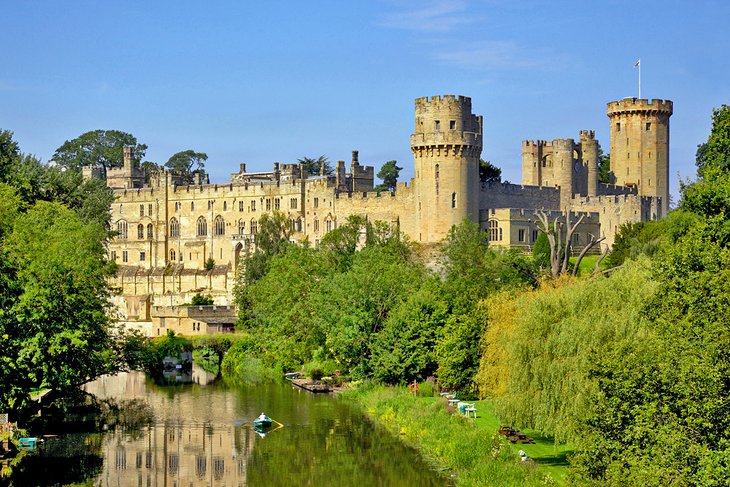
If you're looking for a truly memorable English excursion for the whole family – and one that offers a fascinating insight into life in medieval times – you couldn't do much better than visit Warwick Castle.
Located in the beautiful city of Warwick on the River Avon, this impressive fortress has dominated the landscape and history of the region for more than 900 years. Today, it serves as a backdrop to medieval-themed events and reenactments, from jousting festivals to fairs and concerts.
Warwick is also great base from which to explore the Cotswolds, as well as nearby towns such as Stratford-upon-Avon, famous as the birthplace of William Shakespeare. Bigger city destinations, including Liverpool, hometown of The Beatles, as well as Birmingham and Coventry, are an easy drive away.
Accommodation: Where to Stay in Warwick
15. Tate Modern
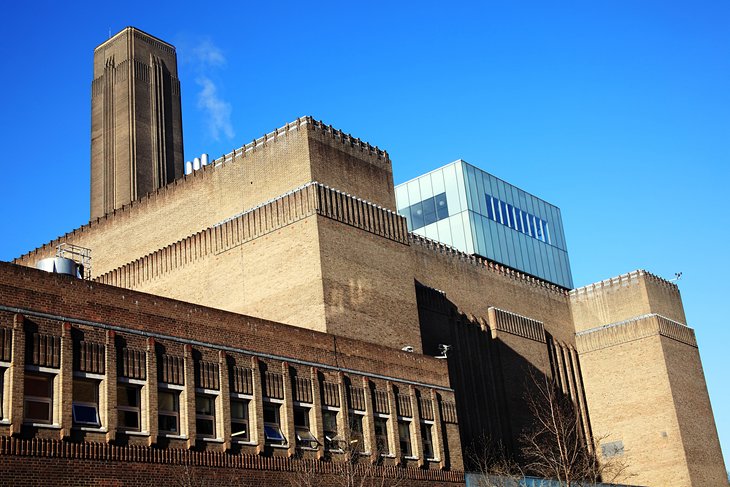
When the Tate Modern opened its new 10-storey extension in June 2016, adding 60 percent more gallery space, visitor numbers jumped by almost one-fourth, making it one of England's most visited attractions.
Now regarded as among the world's best - and certainly one of the largest -museums of modern and contemporary art, the Tate Modern shows a wide range of artistic expression, including paintings, works on paper, sculpture, films, performances, installations, and other forms of artistic expression.
Among the well-known artists represented here are Picasso, Rothko, Dali, Matisse, and Modigliani. Be sure to go to the viewing level for 360-degree views of the London skyline and the River Thames far below.
Other galleries under the Tate umbrella that you should consider visiting in England include Tate Britain (also in London), Tate Liverpool, and Tate St. Ives in Cornwall.
Official site: www.tate.org.uk
16. Royal Museums Greenwich
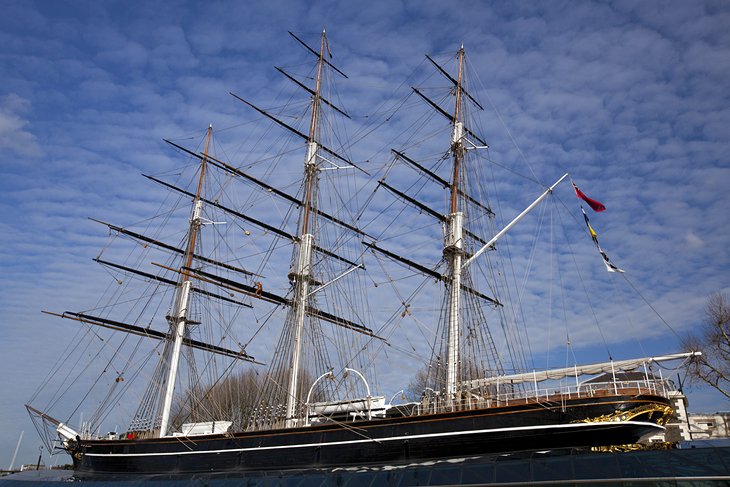
Downstream from Tower Bridge, Greenwich is the London base of the Royal Navy and holds England's largest expanses of preserved historic architecture and parks. And although lovers of things maritime will certainly gravitate to Greenwich, there's a lot more there than just ships and boats here.
The highlight for most visitors is the Cutty Sark, the last surviving of the 19th-century clippers from the lucrative tea trade between Britain and China. Built in 1869, the Cutty Sark was one of the finest and fastest ships of its day, and you can board it to explore the clipper, from its figure head to the sailors' quarters below decks. For a special treat, book an afternoon tea overlooking the ship.
At the Discover Greenwich Visitor Centre, exhibits showcase more than 500 years of maritime history. In Queen's House, the National Maritime Museum is the largest of its kind in the world, featuring the Royal Navy from Tudor times to the Napoleonic Wars.
Greenwich Park, dating from the 15th century and the oldest of London's eight Royal Parks, is filled with beautiful gardens and walking paths, and here you'll find the Old Royal Observatory and the Prime Meridian Line, marked by a steel rod in the floor of the Meridian Building. This is the zero meridian of longitude, dividing the world into eastern and western halves; you can stand with one foot in each hemisphere.
If you're hungry, add a great English breakfast from Heap's Sausage Cafe to your list of things to do in Greenwich.
Address: King William Walk, Greenwich, London

